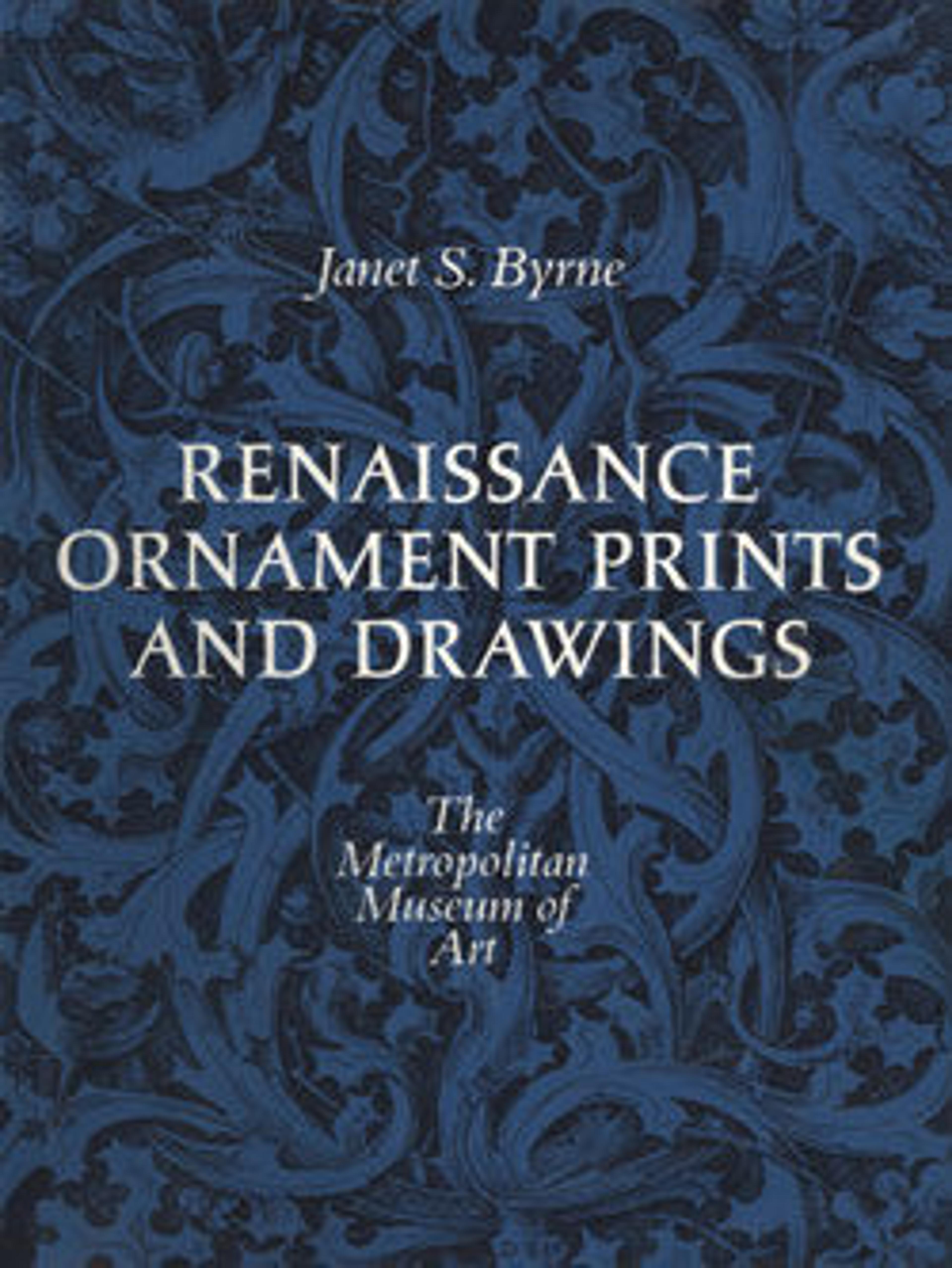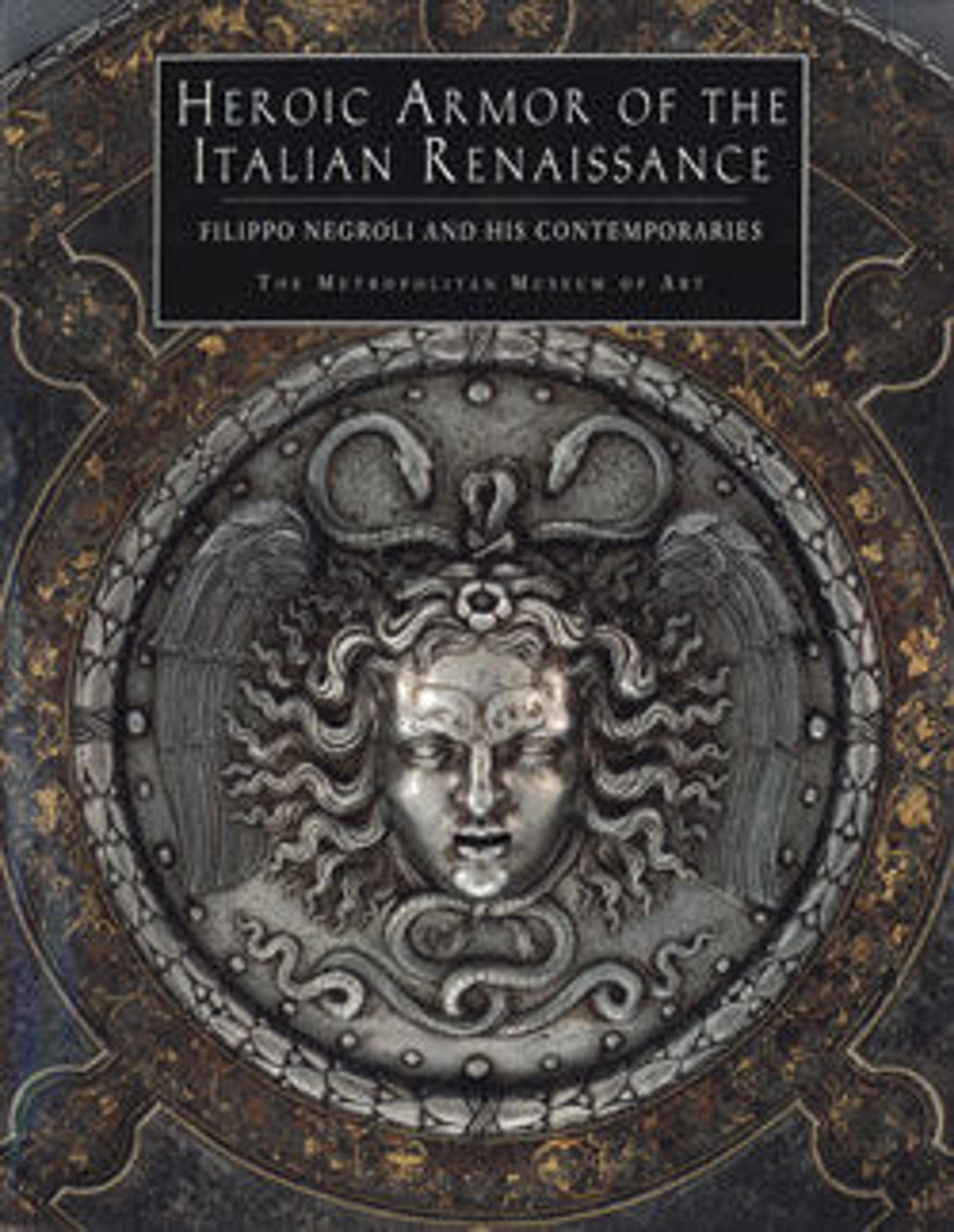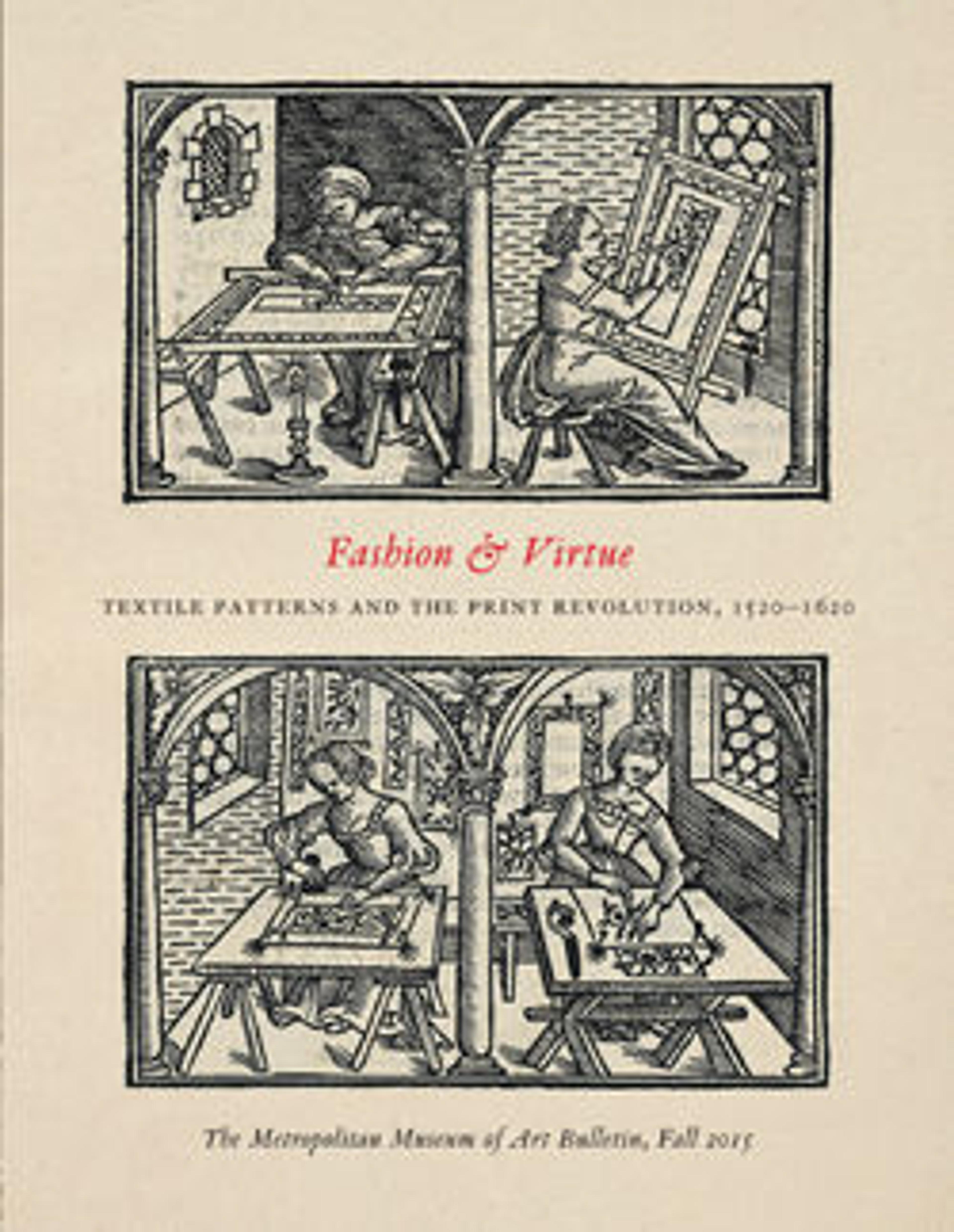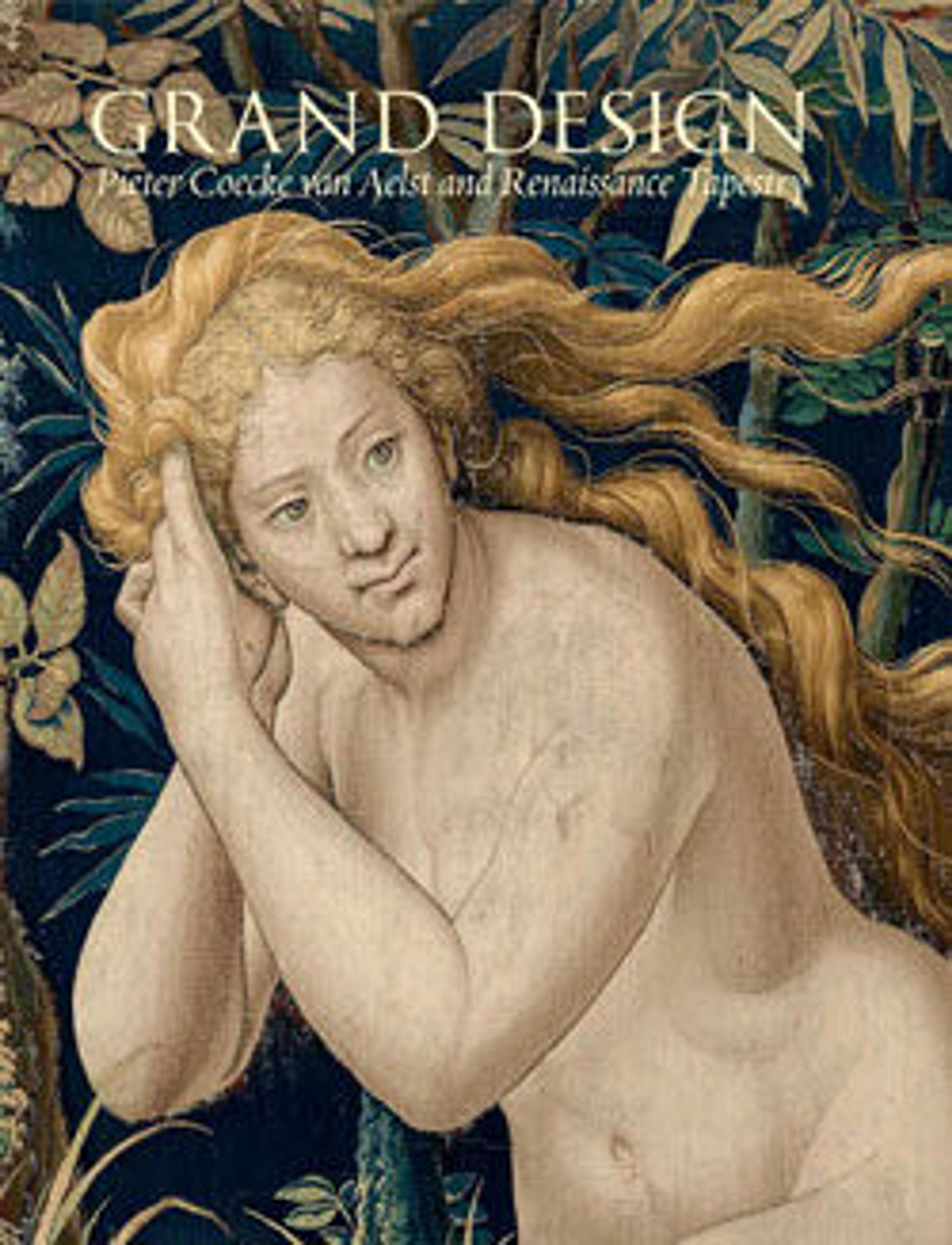
Renaissance Ornament Prints and Drawings
By the sixteenth century designs for ornament were increasingly executed on paper as drawings or, more often, as prints. The designs in Renaissance Ornament Prints and Drawings provide a rich record of the sources of the period's ornament vocabulary, and, beyond this, a consideration of a number of documented examples of a single motif can reveal much to the art historian or interested casual viewer about the evolution of style. Some Renaissance ornament designs display motifs—many derived from Roman painting, sculpture, and architecture—that could be adapted for use in a variety of materials and spaces; other works show specific objects, whether copied or newly designed. During the Renaissance, it was common for designers to lend sketchbooks of their drawings to friends and students, and in this way ornament ideas traveled rapidly across Europe. Renaissance drawings appeared not only in sketchbooks, but also in deluxe presentations for patrons, such as the volumes of highly finished designs created by such a talented artist as Jacques Androuet Du Cerceau. At its best, Renaissance ornament design is a fresh, inventive drawing that solves old problems with distinction, but many interesting examples of sixteenth-century ornament design are the works of artisans who, though skilled as craftsmen, were not draftsmen. Ornament prints are even more numerous than ornament drawings. These prints, produced in response to the development of papermaking and printmaking techniques from the late fifteenth century onward, frequently served as patterns for artisans catering to the new merchant class. The rarest prints are those meant to be decorations themselves—few have survived because they were intended to be cut apart and pasted on walls, ceilings, boxes, books, musical instruments, and furniture. Patterns, too, were often destroyed by use. Beginning in the 1520s, pattern books of all sorts were published, offering designs for lettering, writing, and bookbinding; lace, embroidery, weaving, and tailoring; furniture, woodcarving, stonecutting, and ironwork; architectural framework and ornament; armor, goldsmithing, and jewelry; and vessels and utensils of every description. Allowed a good deal of freedom, Renaissance ornament designs frequently incorporated erotic images and emblems. Their splendid array of ornament motifs also includes satyrs, mermaids, and monsters, children, leaves, grotesques, masks, caryatids, cartouches, candelabra, trophies, and heads. The eclectic selection of designs in this volume reflects the richness of Renaissance life, fashion, and artistic crosscurrents.
Met Art in Publication
You May Also Like
Press the down key to skip to the last item.
Citation
Byrne, Janet S. 1981. Renaissance Ornament Prints and Drawings: In Connection with an Exhibition at the Metropolitan Museum of Art, New York, from December 11, 1981 to February 14, 1982. New York: Metropolitan museum of art.




